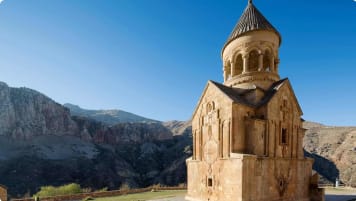Liverpool
Article for educational small group tours about the Port City of Liverpool. An Architecture Marvel from Georgian times, built on trade, some good, some horrific. Read and learn more before joining a tour for senior couples and mature solo travellers interested in culture, learning and the arts.
24 Sep 21 · 8 mins read
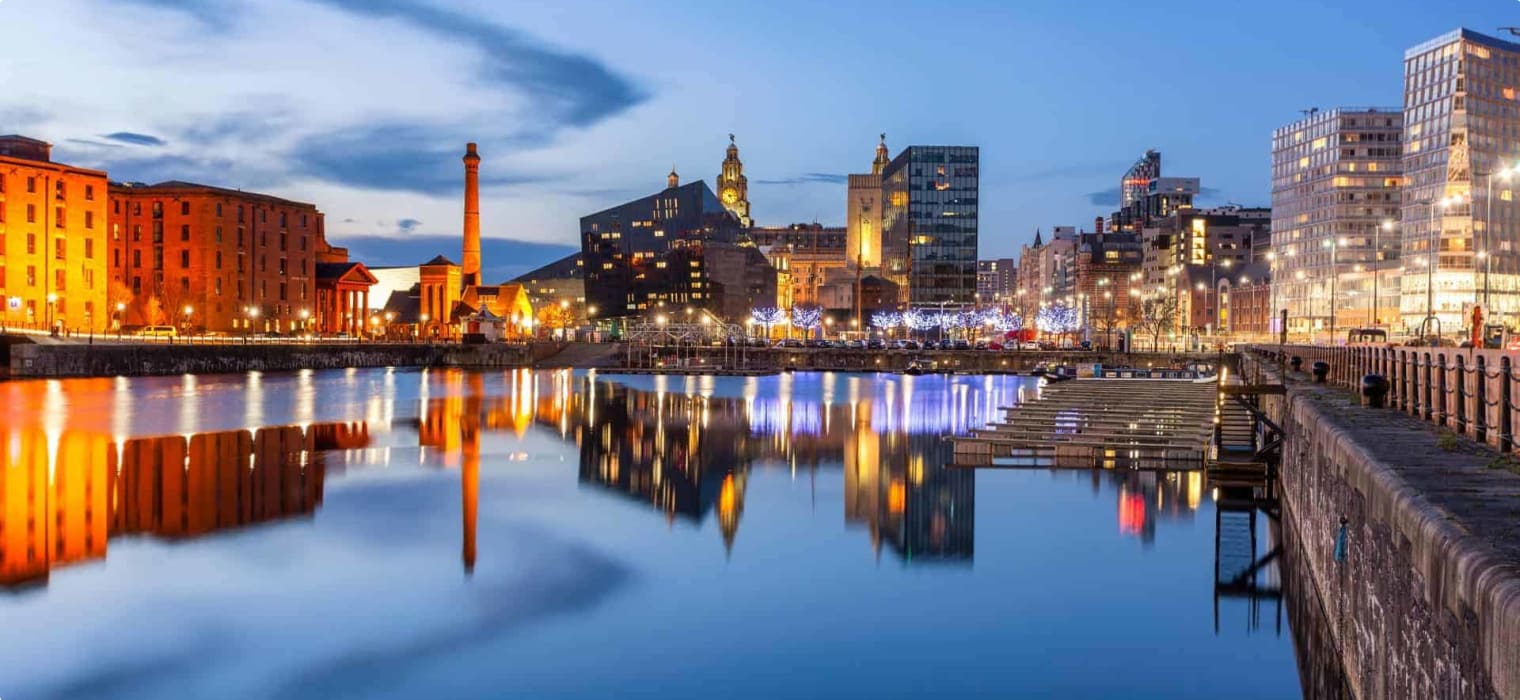
England’s Liverpool: Port City, Architecture Marvel
The Beatles and the Merseybeat era, football, and the waterfront. Liverpool’s vibrant culture and rich history has more to offer than what you may already know.
In 1207, King John of England planned for a new town which became Liverpool. During the Industrial Revolution, the city became one of the most important ports in North-West England, prominent for its cotton, tobacco, and slave trade (especially during the American civil war). The trade boom led to the construction of the Liverpool and Manchester Railway in the late 1830, the first commercial railway which ran on steam power, and the first to link two major cities in England.
Its port city status and amalgamation of diversity set Liverpool apart from other British cities. The earliest settlers were sailors, and Liverpool is home to the oldest Chinese community and Black African community in the country. A city pulsing with life, it was declared a UNESCO World Heritage site in 2004, and in 2008, was named the European Capital of Culture. Until now, Liverpool holds an influential position in its metropolitan area.
Odyssey Traveller has a 22-day small group tour to Liverpool, Newcastle, and Glasgow. In the Liverpool leg of the tour, we will go on a city tour and walking tour with a Program Leader and local guide to explore the sights and iconic buildings of the city.
Here are 15 places in this fascinating city that you would not want to miss.
1. OLD DOCK
As a port city which rivalled London, Liverpool has many renowned docks. It is also home to the world’s first commercial wet dock– the Old Dock. Built in 1715, it was formerly known as the Thomas Steers’ Dock, named after the canal engineer who designed it. This dock was a game-changer for Liverpool’s maritime trade; the mooring of ships was now possible regardless of the tidal state. Prior to this, ships only had the Pool, a tidal inlet that was unreliable during low tide (which also happens to be how Liverpool got its name). Damaged during World War II and unable to accommodate the increasing vessel sizes, the dock closed in 1826. However, the dock’s original walls were rediscovered and are visible today. A secret tunnel links the dock to a cellar.
2. ST GEORGE’S PLATEAU
From Queen Victoria to William Earle, the Crimean War general, you will find equestrian statues at the plateau in front of St George’s Hall. Public monuments stand where generations of Scousers – the people of Liverpool – have, celebrating and protesting in this major civic location. From homecomings of football teams and war victory parades to the mourning of John Lennon’s assassination in 1980, St George’s Plateau is where Scousers come together.
In the middle of the plateau lies the Liverpool Cenotaph, a unique, horizontal war memorial designed to complement St George’s Hall. First suggested by the Lord Mayor of Liverpool for the citizens lost in World War I, it was expanded to include those in World War II in 1946. Construction began in 1927 on the memorial which bears sculptured bronze reliefs depicting mourners and soldiers by George Herbert Tyson Smith. In 1930, it was finally revealed on Armistice Day.

3. TOBACCO WAREHOUSE
You may have seen this in popular television series and films such as Sherlock Holmes and Captain America. Claiming the title of the world’s largest building when it opened in 1901, the Tobacco Warehouse remains the biggest brick warehouse globally. At 1.3 million square feet wide and 14 storeys high, it was built into the Stanley Dock to accommodate the thriving tobacco trade. Holding the title of most profitable warehouse for several years, it was never empty.
When American forces used the sixth to eighth floors as a field hospital in late World War II, Eleanor Roosevelt dropped by. It was said that the First Lady of the United States went to each floor in a jeep. Since the 1980s, the warehouse no longer functioned as a tobacco storage.
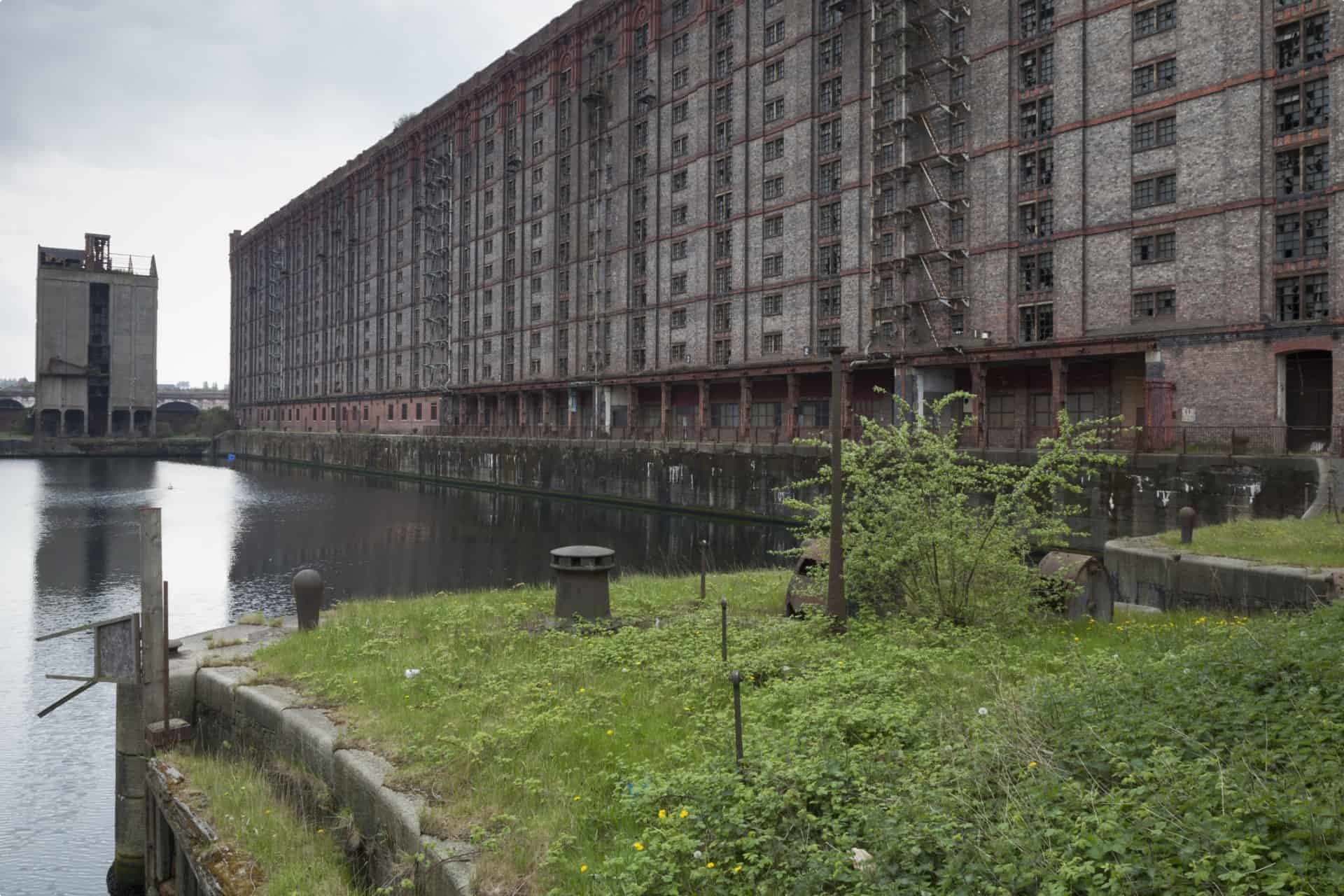
4. BASCULE BRIDGE
Swing bridges were necessary to connect the docklands and accommodate the passage of vehicles at the quayside. Built during the Great Depression in 1932 by the Dock Board, the Bascule bridge is near Stanley Dock and the spectacular Tobacco Warehouse. Initially an operational seesaw dependent on hydraulic power, this famous landmark was refurbished nearly a decade ago. A new lighting system was recently installed to highlight the historical asset’s architecture and engineering features.
5. HOLT’S ARCADE, INDIA BUILDINGS
Running through the iconic India Buildings in the city centre is the eye-catching Holt’s Arcade. A shopping lane in the commercial building renowned for its American Beaux-Arts and Italian Renaissance architecture, its stunning bronze shopfronts and jade and gold dome ceilings are reminiscent of the streets of New York. This illustrious address was tarnished by one of the largest frauds in the United Kingdom in 2013.
Constructed between 1924 and 1932, the building’s first tenants included a post office, constitutional club, bank, government offices, and a public hall. Pendant lights hang on the walls of the arcade in this inter-war building which saw newspaper shops, tailors, and hairdressers. In 1941, the building was damaged by a bomb, though it was later restored under Herbert J. Rowse, the original designer. While the recent move-in of tax officials and renovations have threatened public access to the grand arcade, measures are being undertaken to ensure it remains open to the public.
6. TOWN HALL
Designed by John Wood in the 1740s and modified in the 1780s by John Foster and James Wyatt, the magnificence of Liverpool’s existing (and third) town hall is unrivaled. Built in 1754, it was damaged by a fire in 1795 and later restored. You will find remarkable Georgian touches and items of trade incorporated into the exceptional infrastructure. A terracotta goddess of wisdom, Minerva, stands atop the dome ceiling. Up until the late 1800s, the Exchange Flags at the end of the building was a merchant trading site. In 1775, town hall witnessed the first sailors’ strike in Liverpool. It has also been used for many civic events graced by guests such as the two football clubs and the Royal Family. In 1964, the Night of a Thousand Screams occurred at a reception when the Beatles made an appearance on the balcony.

7. CANNING STREET
Named after the shortest-serving prime minister, George Canning, this street is the heart of Liverpool’s Georgian Quarter. Formerly a wealthy residential estate, the elegant terraced houses are a paradigm of historic urban architecture. Though it became a red-light district in the 1960s, the eventual restoration of the houses and its prime location makes it one of the most desired areas to live in today. In close proximity are the town centre and a cathedral, and some of the Georgian Quarter has been taken over by the University of Liverpool.
8. BIRKENHEAD PRIORY
Shipyard meets priory at Merseyside’s oldest building, dating back to the middle of the 12th century. Up to its dissolution in the late 1530s, travellers took shelter at the Benedictine monastery which also operated a ferry service. Graced by King Edward on a few occasions, the priory has a history of royal visits. A supplier of war ships during both World Wars and a Victorian parish church in its heyday, the wharves today maintain vessels and memorializes Scotsman William Laird, the owner of the docks. Laird revived the abandoned place of worship in the early 1800s with his contribution to the maritime industry. You can also enjoy Liverpool’s famed waterfront from St Mary’s Tower, a 25 meter tower opened to the public since the early 1990s.
9. BURNE-JONES WINDOWS
A stained glass picture gallery relaying the story of Christ can be found at All Hallows Church. Designed by the famous Pre-Raphaelite painter Edward Burne-Jones, the radiant image is a sight to behold. These Burne-Jones prismatic windows are arguably one of the most splendid groups of 1880s design. The construction of the church was funded by John Bibby, a wealthy Victorian merchant, in loving memory of his wife.


10. CHAMBRE HARDMAN’S KITCHEN
The home and professional studio of prominent portrait photographer Edward Chambre Hardman is frozen in time — the fifties, to be precise. A must-visit for domestic and photography history fans, No.59 Rodney Street is the only photographic studio in Britain with all its equipment, untouched. Until 1988, Hardman lived and worked here with Margaret, his wife. A huge collection of iconic studio portraits and landscape images await alongside domestic paraphernalia from after the war.
11. No.10 RUMFORD PLACE
An important building in Liverpool’s history with the American Civil War is 10 Rumford Place. Confederates against British neutrality gathered at this unassuming brick building, the headquarters for their espionage. Within this hideout lies the remaining early office building in central Liverpool: an 1830s Georgian-style building façade in the second courtyard. When the Southern Confederate ports were blocked in 1861, the company occupying the building became the Confederate’s informal European banker, smuggling goods in and out to the South. The real end to the Civil War was seven months after April 9, 1865, in Liverpool. On this date at Virginia, the Confederate general Robert E. Lee surrendered to Ulysses S. Grant, the Unionist general.
12. PORT OF LIVERPOOL BUILDING
Part of the “Three Graces” on the waterfront (the other two being The Royal Liver Building and the Cunard Building), the Port of Liverpool Building is worth visiting as part of Liverpool’s maritime glory. Designed in the Edwardian Baroque style reminiscent of Renaissance palaces, it was completed in 1907 as Mersey Docks and Harbour Board’s headquarters. Its ornate and classical interior shines with its coloured marble and mosaic, decorative details.
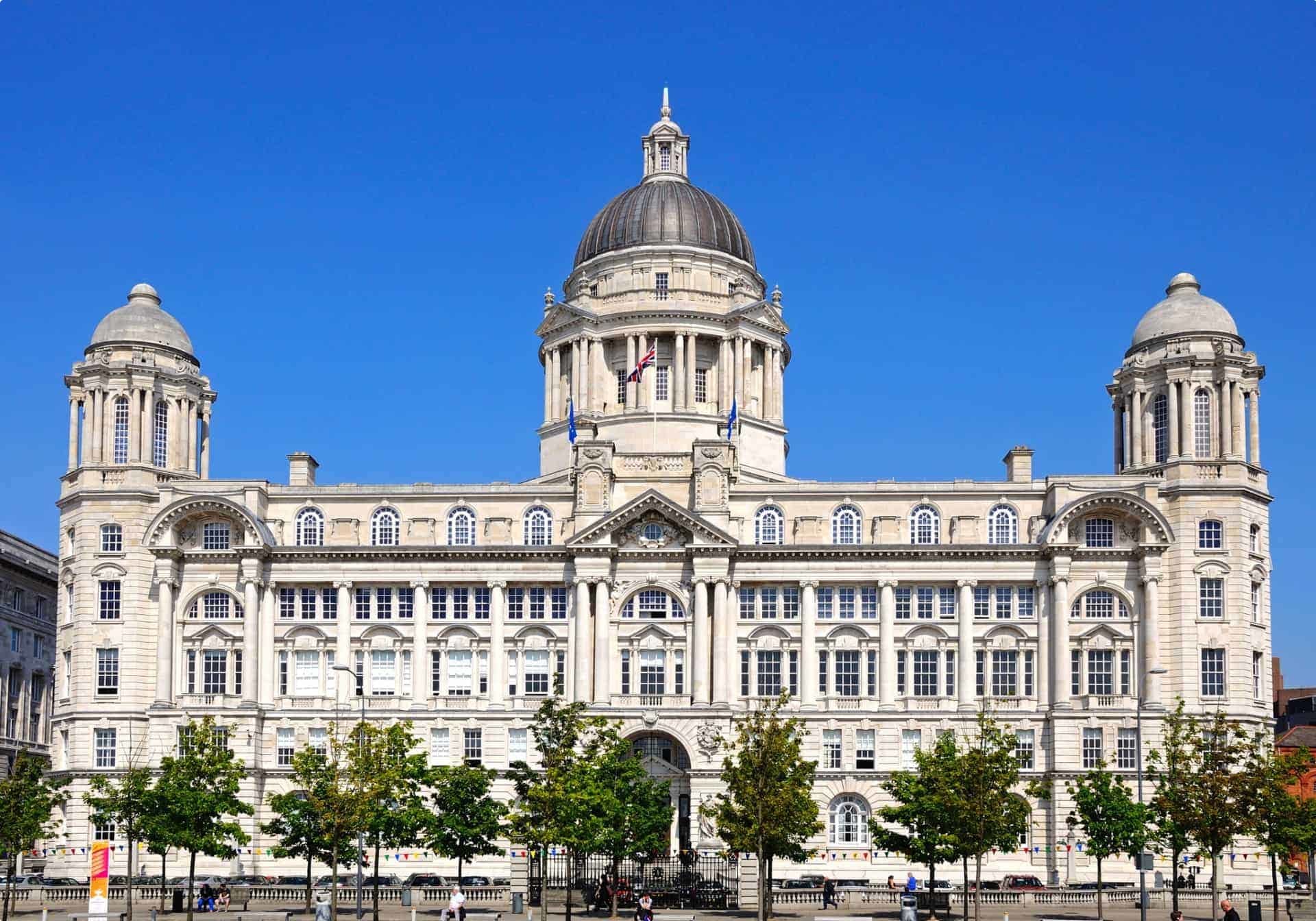
13. HORNBY LIBRARY
Named after a Victorian merchant who donated both the rare books and funds to house them, the Hornby Library is nestled at the rear of Central Library. Before its renovation in 2013, the library was only accessible to the elite. At Hornby library, you can expect rotating exhibitions and spectacular views. Opened in 1906, the library houses umpteen rare books and prints, such as Edward Lear’s sketches when he first came to Italy, and a letter with Queen Elizabeth I’s signature. It is also the only public institution to hold a large-sized copy of Birds of America by John James Audubon. Published around 1827-1838, you will find 435 hand-coloured illustrations of birds. It is said to be one of the world’s most pricey books. When Audubon came to Liverpool after failing to raise funds in America, philanthropists William Roscoe (who was also the lead campaigner against slavery) and William Rathbone helped to make the publishing of the book possible.
14. LADY LEVER ART GALLERY
The Lady Lever Art Gallery is located in Port Sunlight, a quaint village with about 130 acres of greenery, constructed by an entrepreneur in the Victorian era for his soap factory workers. From 18th to 19th century British art, Roman sculptures and Chinese porcelain, catch William Hesketh Lever’s personal art collection in a public gallery for fine art. Over 20,000 artworks from ceramics to paintings and even furniture, are on display. The gallery is also home to world famous Pre-Raphaelite paintings, the most prized collection of Wedgwood jasperware, and contentious, suggestive marble sculptures such as the Salammbo from Gustave Flaubert’s novel.

15. SUDLEY HOUSE
The only humble abode of a mayor of Liverpool (who was formerly a corn merchant) available to the public. George Holt’s home in the suburbs showcases his collection of Victorian paintings that are a contrast to elaborate gallery artworks, along with historic costumes and a vintage tearoom. Immerse yourself in the modest home’s charming art, including masterpieces by Gainsborough, Romney, and Turner.
Interested in joining Odyssey on a trip to the British Isles?
Small group tours for senior travellers.
Odyssey Traveller is famous for our small groups, and we average eight participants per tour. Our maximum group size is eighteen people, which ensures quality, flexibility and care that is tailored to our clients. We specialise in small group tours for the senior traveller who is seeking adventure or is curious about the world we live in. Typically, our clients begin travelling with us from their mid 50’s onward. But be prepared to meet fellow travellers in their 80s and beyond! Both couples and solo travellers are very welcome on our tours.

Originally published August 2, 2018.
Updated on October 9, 2019. Refreshed September 24th 2021
Related Tours
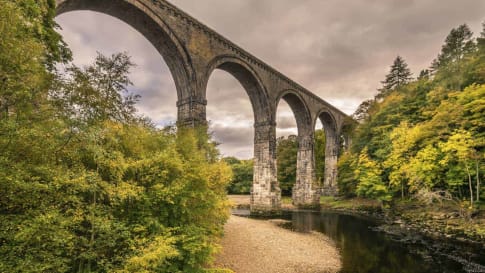
23 days
Oct, Apr, SepCanals and Railways in the Industrial Revolution Tour | Tours for Seniors in Britain
Visiting England, Scotland
A small group tour of Wales, Scotland & England that traces the history of the journey that is the Industrial revolution. Knowledgeable local guides and your tour leader share their history with you on this escorted tour including Glasgow, London, New Lanark & Manchester, Liverpool and the Lake district.
From A$18,750 AUD
View Tour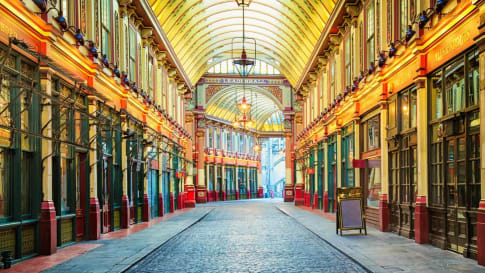
21 days
Sep, JunQueen Victoria's Great Britain: a small group tour
Visiting England, Scotland
A small group tour of England that explores the history of Victorian Britain. This escorted tour spends time knowledgeable local guides with travellers in key destinations in England and Scotland that shaped the British isles in this period including a collection of UNESCO world heritage locations.
From A$16,675 AUD
View Tour
From A$14,595 AUD
View TourRelated Articles
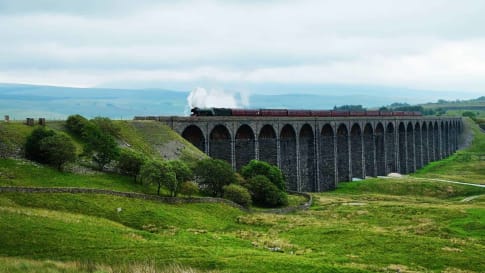
15 books on Britain's Industrial Revolution
Fifteen books on Britain’s Industrial revolution This reading list on Britain’s Industrial revolution complements Odyssey Travellers escorted small group tour that traces via the canal and railway network, the evolution of this monumental change in…
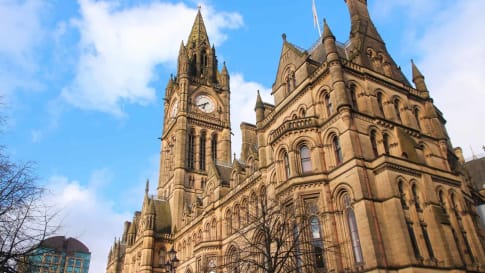
Bees in Manchester: a surprising symbol of the Industrial Revolution
Bees in Manchester: a surprising symbol of the Industrial Revolution The bee is an intriguing symbol for the city of Manchester. The city’s damp climate provided the ideal conditions for milling cotton. But this is…

Discovering Medieval Chester: A Thriving Trade Centre
Article about Chester, England for small group educational tours for senior couple and mature solo travellers to England. Articles to support your travel plans to explore England, Scotland, Wales and Ireland.

Exploring Newcastle upon Tyne: The Definitive guide for Travellers
Newcastle upon Tyne is discussed in this article for senior couples and mature solo travellers on an educational small group tour. Learn about this English city and the Romans, Vikings, Middle ages and Victoria and the Industrial revolution.
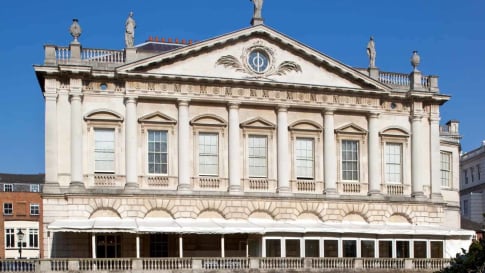
Georgian Style of Architecture: Definitive Guide for Seniors
Article to provide the senior couple or mature solo traveler with an appreciation of the influence of Georgian Architecture in Britain when on a small group educational tour.
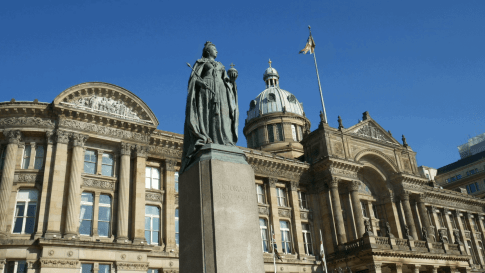
Queen Victoria's Britain: The Definitive Guide for Travellers
Article for educational small group tours of England for senior couples and mature single travellers. Queen Victoria, Britain's longest serving monarch through most of the Industrial revolution and rural life and the Empire is discussed in this article.
